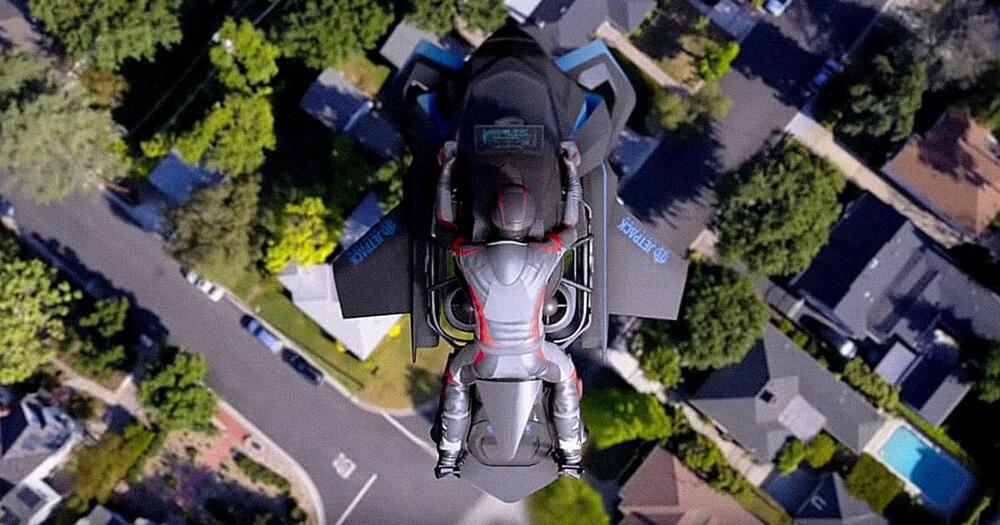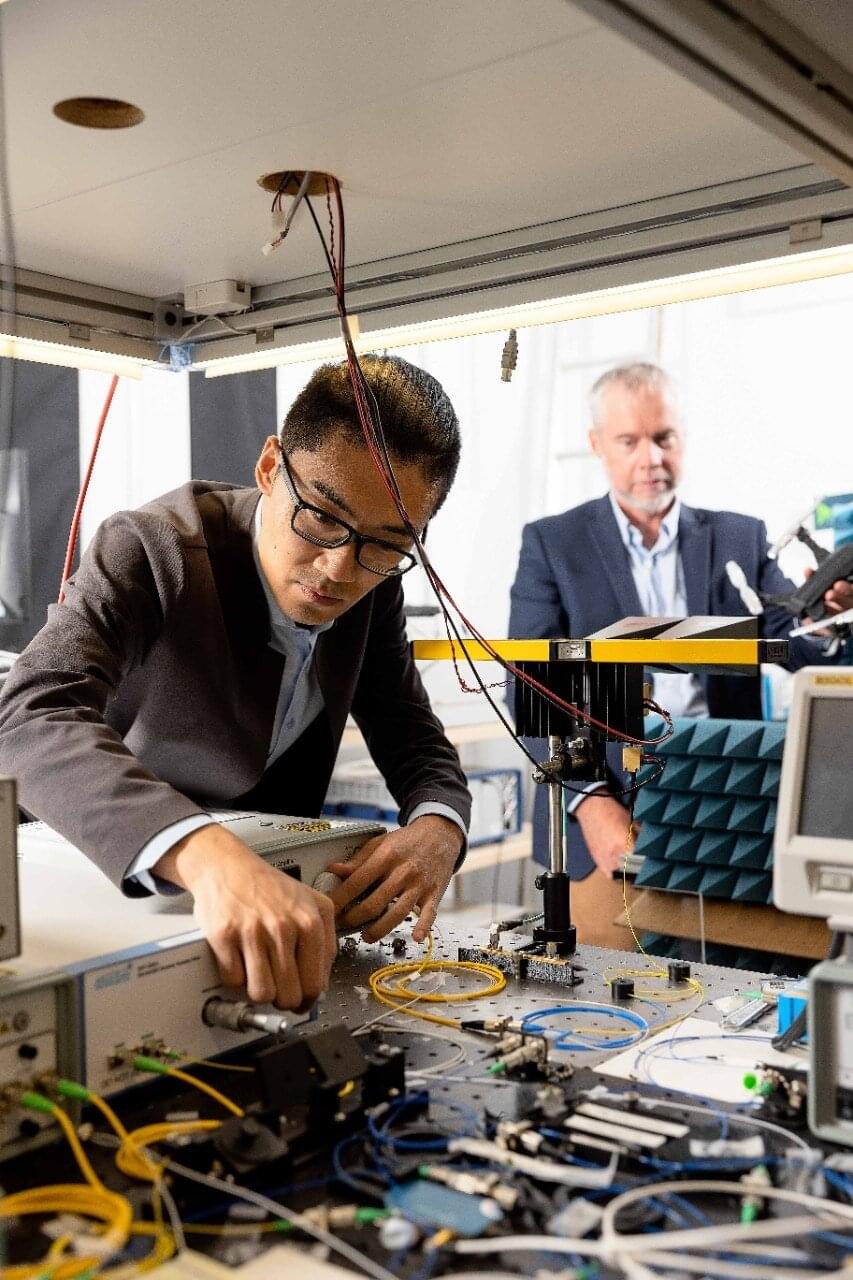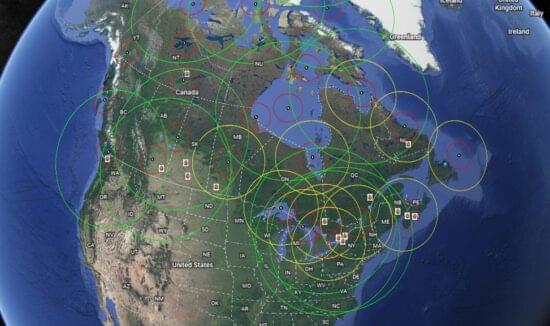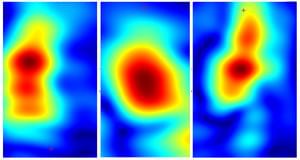David Mayman, CEO of JetPack Aviation, sells his new flying motorcycle to global militaries and billionaires. He’s also terrified of heights.



We consider dark matter production during the inflaton oscillation epoch. It is conceivable that renormalizable interactions between dark matter and inflaton may be negligible. In this case, the leading role is played by higher dimensional operators generated by gravity and thus suppressed by the Planck scale. We focus on dim-6 operators and study the corresponding particle production in perturbative and non-perturbative regimes. We find that the dark matter production rate is dominated by non-derivative operators involving higher powers of the inflaton field. Even if they appear with small Wilson coefficients, such operators can readily account for the correct dark matter abundance.

University of Sydney scientists have achieved a technology breakthrough with potentially life-saving applications—all using an improved version of radar.
Traditionally, radar is associated with airport control towers or military fighter jets, but a new, highly sensitive radar developed at the University of Sydney takes this technology into the human range.
Called advanced photonic radar, the ultra-high-resolution device is so sensitive it can detect an object’s location, speed, and/or angle in millimeters as opposed to meters. This could enable usage in hospitals to monitor people’s vital signs such as breathing and heart rate.

Abstract: Spin-two particles appear in the spectra of both open and closed string theories. We studied a graviton and massive symmetric rank-two tensor in string theory, both of which carry spin two. A graviton is a massless spin-two particle in closed string theory while a symmetric rank-two tensor is a massive particle with spin two in open string theory. Using Polyakov’s string path integral formulation of string scattering amplitudes, we calculated cubic interactions of both spin-two particles explicitly, including $\ap$-corrections (string corrections). We observed that the cubic interactions of the massive spin-two particle differed from those of the graviton. The massive symmetric rank-two tensor in open string theory becomes massless in the high energy limit where $\ap \rightarrow \infty$ and $\ap$-correction terms, containing higher derivatives, dominate: In this limit the local cubic action of the symmetric rank-two tensor of open string theory coincides with that of the graviton in closed string theory.
From: Taejin Lee [view email].



Elon Musk cast Twitter’s future into uncertainty when he made a successful $44 billion bid to acquire the company last month. He will take over as temporary CEO once the deal is complete, CNBC reported Thursday morning.
While countless Musk fans, and a slight majority of Americans—59%—approve of the takeover according to recent data from The Harris Poll, some current Twitter staff worry that it will dramatically change the company’s culture, and overall direction.
It’s still unclear how a Musk-run Twitter might impact the company’s ability to retain current staff and recruit new employees. The company presented the takeover as a potential threat to its staffing abilities in an SEC filing Monday.
But at least casual interest in open positions at the company has skyrocketed since the Tesla billionaire showed serious interest in taking over the company.
On Thursday, Daniel Zhao, a senior economist and data scientist at the job insights platform Glassdoor, tweeted that interest in job openings at the social media giant was up 263% between April 24 and April 30.
Full Story:
NASA’s Swift Observatory Tracks Potential Magnetic Flip of Monster Black Hole A rare and enigmatic outburst from an active galaxy 236 million light-years away may have been sparked by a magnetic reversal, a spontaneous flip of the magnetic field surrounding its central black hole. In a comprehen.
A device, created at Stevens Institute of Technology, uses millimeter-wave imaging — the same technology used in airport security scanners — to scan a patient’s skin to detect if they have skin cancer. Millimeter-wave rays harmlessly penetrate about 2mm into human skin, so the team’s imaging technology provides a clear 3D map of scanned skin lesions.

A device, created at Stevens Institute of Technology, uses millimeter-wave imaging — the same technology used in airport security scanners — to scan a patient’s skin to detect if they have skin cancer. Millimeter-wave rays harmlessly penetrate about 2mm into human skin, so the team’s imaging technology provides a clear 3D map of scanned skin lesions.
Elon Musk’s Neuralink rival Synchron has begun human trials of its brain implant that lets the wearer control a computer using thought alone.
The firm’s Stentrode brain implant, about the size of a paperclip, will be implanted in six patients in New York and Pittsburgh who have severe paralysis.
Stentrode will let patients control digital devices just by thinking and give them back the ability to perform daily tasks, including texting, emailing and shopping online.